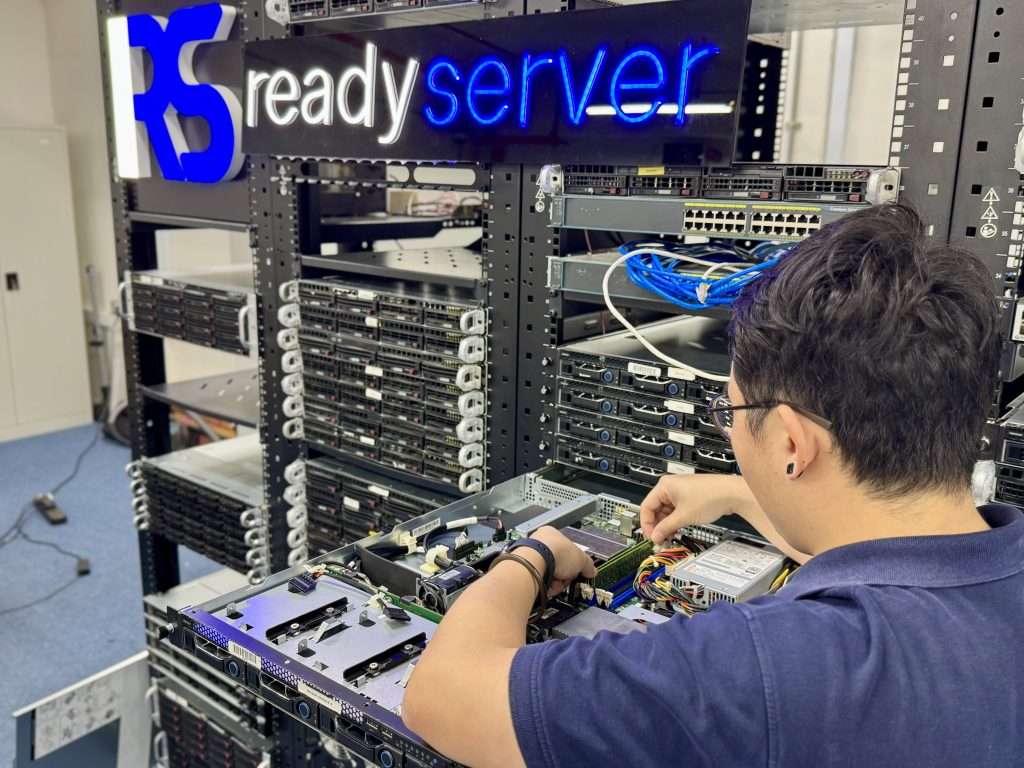Hosting, SEO, and Speed: How They Connect
When people talk about SEO, they often jump straight to keywords and content. Yet the “engine room” of your site—your hosting—quietly controls how fast pages load, how reliably search bots crawl, and how safe users feel. Fast, stable hosting is like a smooth highway: content is your car, but the road decides how quickly you arrive. Understanding the Role of Hosting in SEO is crucial for optimizing your site.
What Google Measures vs What Users Feel
Google looks at signals such as Core Web Vitals, mobile friendliness, and page availability. Users feel speed, stability, and trust. If your server responds slowly or goes down, both Google and your visitors notice—and rankings, engagement, and conversions take a hit.
From Click to First Byte: Why It Matters
Time to First Byte (TTFB) is the moment between a click and the server’s first response. A low TTFB (<200 ms for nearby audiences) suggests efficient servers, low latency, and healthy back-end code. High TTFB cascades into slower Largest Contentful Paint (LCP) and poorer engagement.
Key Hosting Factors That Influence SEO
Understanding the Role of Hosting in SEO
Your choice of hosting provider can significantly impact your website’s performance and, ultimately, your SEO strategy. A reliable hosting service ensures that your site is always available and loads quickly, enhancing user experience and search engine rankings.
TTFB, Throughput, and Concurrent Connections
- TTFB: Indicates server responsiveness.
- Throughput: How much data your server can push quickly.
-
Concurrency: How well your host handles many users at once.
If your host throttles resources, your site may feel fast in tests but slow under real traffic.
Uptime and Status Codes
Aim for 99.9%+ uptime. Frequent 5xx errors (server issues) are crawl killers; 4xx (client errors) still hurt, but 5xx tells Google the problem is on your side.
Security, TLS, and Reputation
A valid TLS certificate (HTTPS), updated cipher suites, and strong firewall/WAF help prevent hacks and malware flags. Compromised servers can lead to warnings, de-indexing, or ranking drops.
Server Location and Latency
Geographic Proximity and Anycast
Hosting close to your main audience cuts round-trip time. Pair that with a CDN using Anycast routing so visitors fetch assets from the nearest edge.
When to Use Multiple Regions
If you serve audiences in different continents, consider:
- A primary region near the biggest market.
- A multi-region or edge-rendered setup for global users.
- Country-specific CDNs and caching rules for legal/geo needs.
Uptime, Reliability, and Crawl Budget
How Downtime Affects Indexing
When bots encounter downtime, they reduce crawl frequency. Over time, this delays updates and can stall new pages from appearing quickly in search.
Serving 5xx vs 4xx: The SEO Difference
- 5xx (Server Errors): Signals host or application failure; reduces trust.
-
4xx (Client Errors): Still negative, but typically resolved via site fixes.
Keep an eye on server logs and alerts; fix spikes fast.
Server Stack and Modern Protocols
HTTP/2 and HTTP/3 (QUIC)
These protocols improve multiplexing and reduce head-of-line blocking. In plain English: browsers fetch multiple files faster over fewer connections, which boosts render speed.
Web Servers: Nginx, LiteSpeed, Apache
- Nginx/LiteSpeed: Excellent at handling concurrency and static assets fast.
- Apache: Capable, but often benefits from careful tuning or a reverse proxy.
PHP-FPM, Node, and Database I/O
Whether you run PHP, Node, or something else, the slowest link is often database I/O. Choose hosts with NVMe SSDs, recent CPU generations, and configurable OPCache/Redis to minimise processing delays.
Caching and CDNs
Edge Caching, Object Caching (Redis), and OPCache
- Edge caching (CDN): Stores static files near users.
- Object caching (Redis/Memcached): Keeps database results in memory.
- OPCache: Speeds up PHP execution by caching compiled code.
Static vs Dynamic Caching Rules
Cache static assets (CSS, JS, images) for weeks. For dynamic pages, use short TTLs or bypass for logged-in users. Fine-tune rules so bots get fresh HTML while users enjoy speed.
Hosting Types Compared
Shared vs Managed WordPress
- Shared: Cheapest, but noisy neighbours and resource limits can throttle speed.
- Managed WordPress: Tuned server stack, automatic updates, built-in caching, and support for page builders—usually the best value for WordPress sites aiming for performance.
VPS vs Dedicated vs Cloud
- VPS Hosting: Isolated resources; good control and price/performance.
- Dedicated: Maximum control and consistent performance; higher cost.
- Cloud (IaaS/PaaS): Elastic, with autoscaling and global regions; great for spikes and multi-region strategies.
Autoscaling and Burst Traffic
Marketing campaigns, launches, and seasonal peaks need headroom. Autoscaling prevents crashes and keeps crawl rates stable during surges.
Practical Benchmarks and How to Measure
Core Web Vitals Targets (LCP, INP, CLS)
- LCP: ≤2.5 s for most visits
- INP: ≤200 ms (interaction responsiveness)
-
CLS: ≤0.1 (layout stability)
Hosting influences these via TTFB, asset delivery, and back-end processing.
Real User Monitoring vs Lab Tests
- RUM (field data): What your actual visitors experience—use analytics or performance platforms.
-
Lab tests (Lighthouse, WebPageTest): Great for diagnostics; complement, don’t replace, field data.
Track TTFB, First Byte Latency by region, and Error Rates alongside Vitals.
Migrating Hosts Without SEO Loss
Pre-Migration Checks and Staging
- Build a staging copy on the new host.
- Compare TTFB, LCP, and error logs.
- Freeze content changes close to cutover to avoid mismatches.
Cutover Plan and Post-Migration QA
- Lower DNS TTL 24–48 hours before go-live.
- Migrate during low traffic.
- Validate HTTPS, redirects, robots.txt, sitemap.xml, and analytics.
- Re-test Core Web Vitals and run a fresh crawl to catch broken links.
Cost vs Performance: Finding the Sweet Spot
Budget Tiers and What You Actually Get
- Entry: Fine for simple sites; expect limits under load.
- Performance/Managed: Resource isolation, better caching, CDN integration—ideal for most SMEs.
- High-Traffic/Enterprise (custom): Multi-region, autoscaling, SLA-backed uptime, advanced security and observability.
The trick: pay for predictable performance and support you’ll actually use, not flashy features you won’t.
Actionable Hosting Checklist
- Choose a region near your main audience.
- Ensure HTTP/2/HTTP/3 and TLS 1.2+.
- Confirm NVMe SSDs, recent CPUs, and enough RAM.
- Enable CDN + edge caching; set sensible cache-control headers.
- Turn on Redis/Memcached and OPCache where applicable.
- Target TTFB <200 ms (primary market) and LCP ≤2.5 s.
- Monitor uptime (≥99.9%) and 5xx error rates.
- Keep backups, staging, and one-click rollback.
- Use WAF, auto-patching, and malware scans.
- Review performance monthly; upgrade before you hit ceilings.
Common Mistakes to Avoid
- Picking hosting only on price.
- Ignoring database performance while obsessing over themes.
- Caching everything (including logged-in pages) or caching nothing.
- Migrating without a DNS and rollback plan.
- Relying solely on synthetic tests without RUM data.
Conclusion
Your web hosting is more than a place to park files—it’s the backbone of speed, stability, and trust. The right platform lowers TTFB, keeps uptime high, and helps your Core Web Vitals stay green, which in turn supports better rankings and happier users. Prioritise proximity to your audience, modern protocols (HTTP/2/3), smart caching (edge + object), and a stack tuned for your CMS or framework. Measure in the field, not just the lab, and choose a plan that scales before you need it. Do that, and your content won’t just be discoverable—it’ll feel instant.





